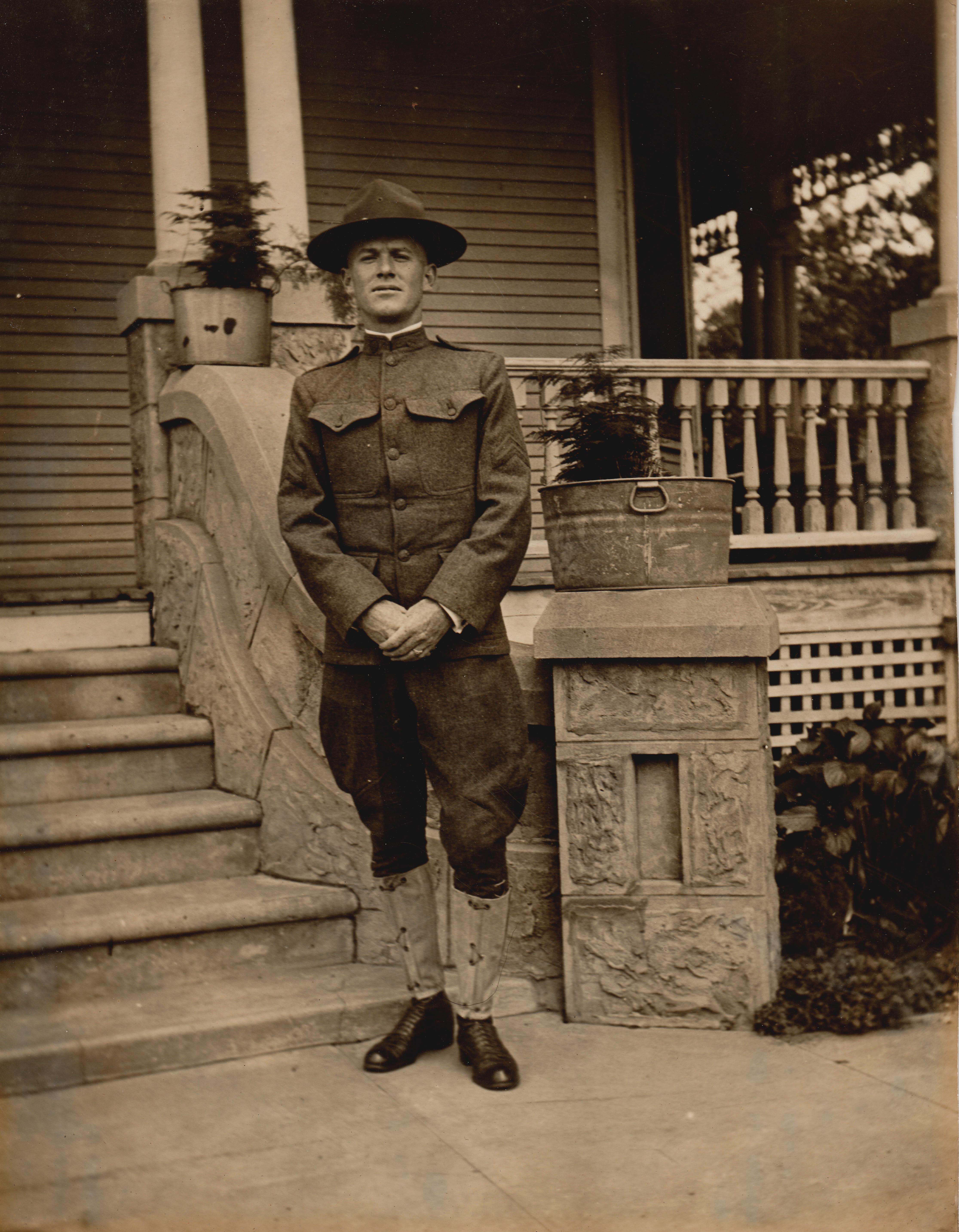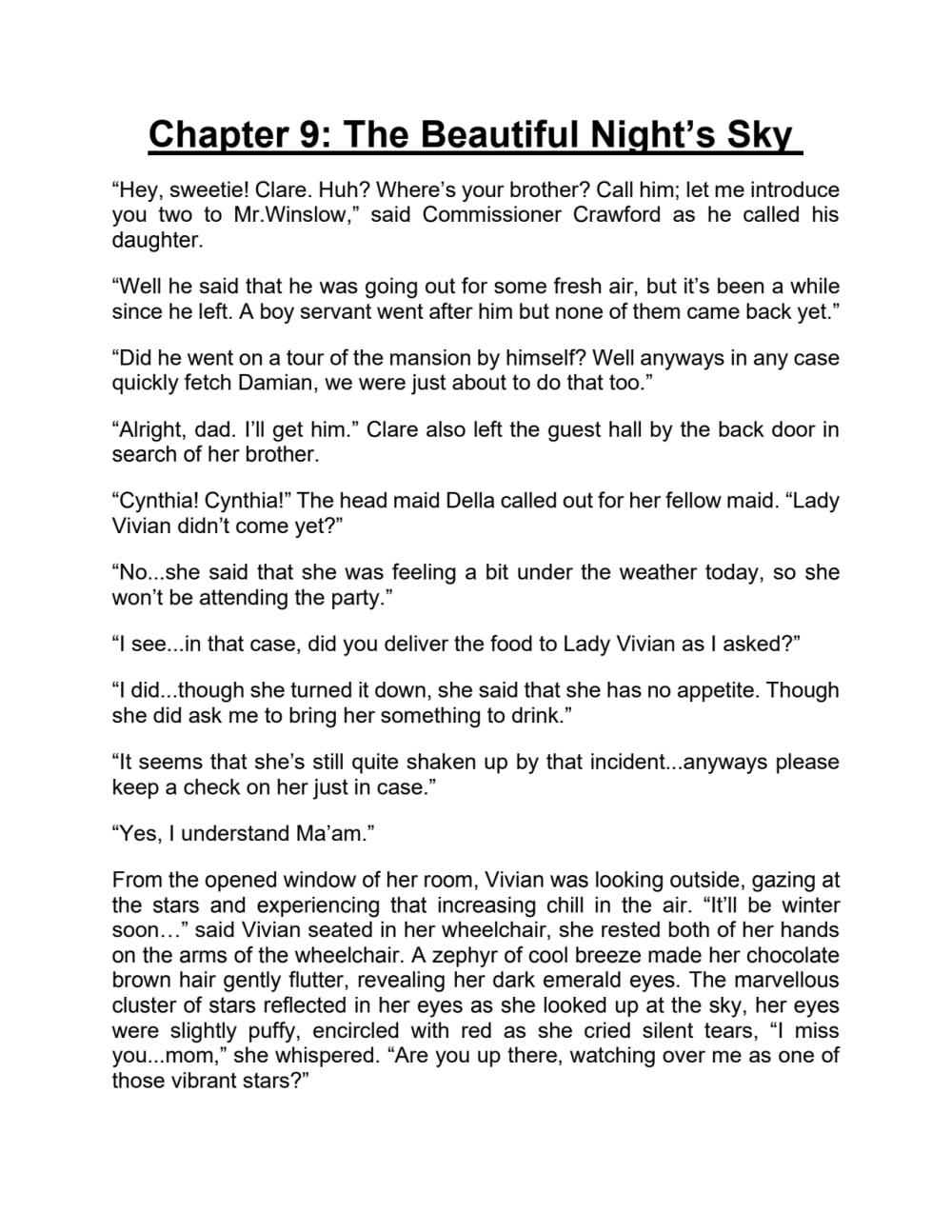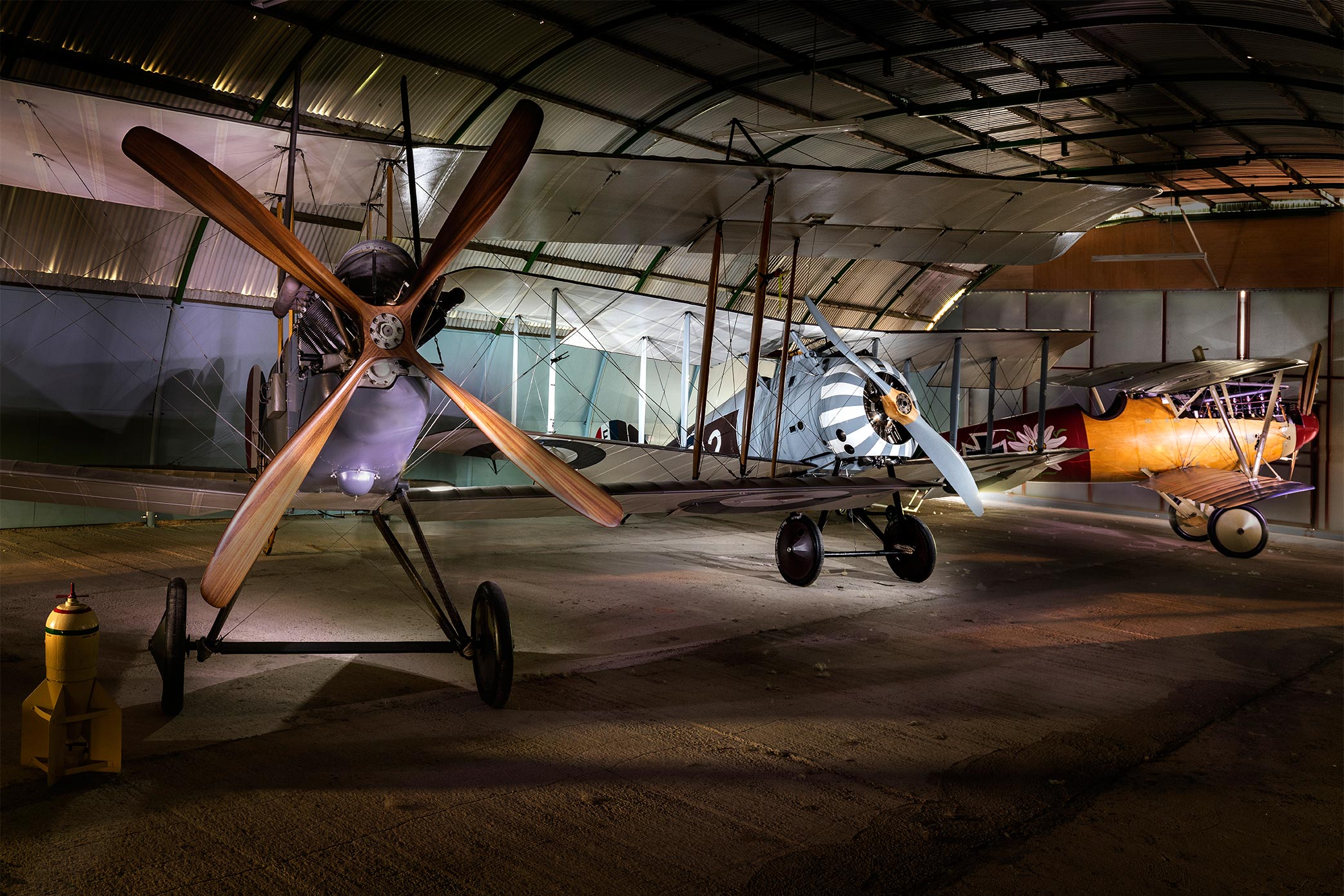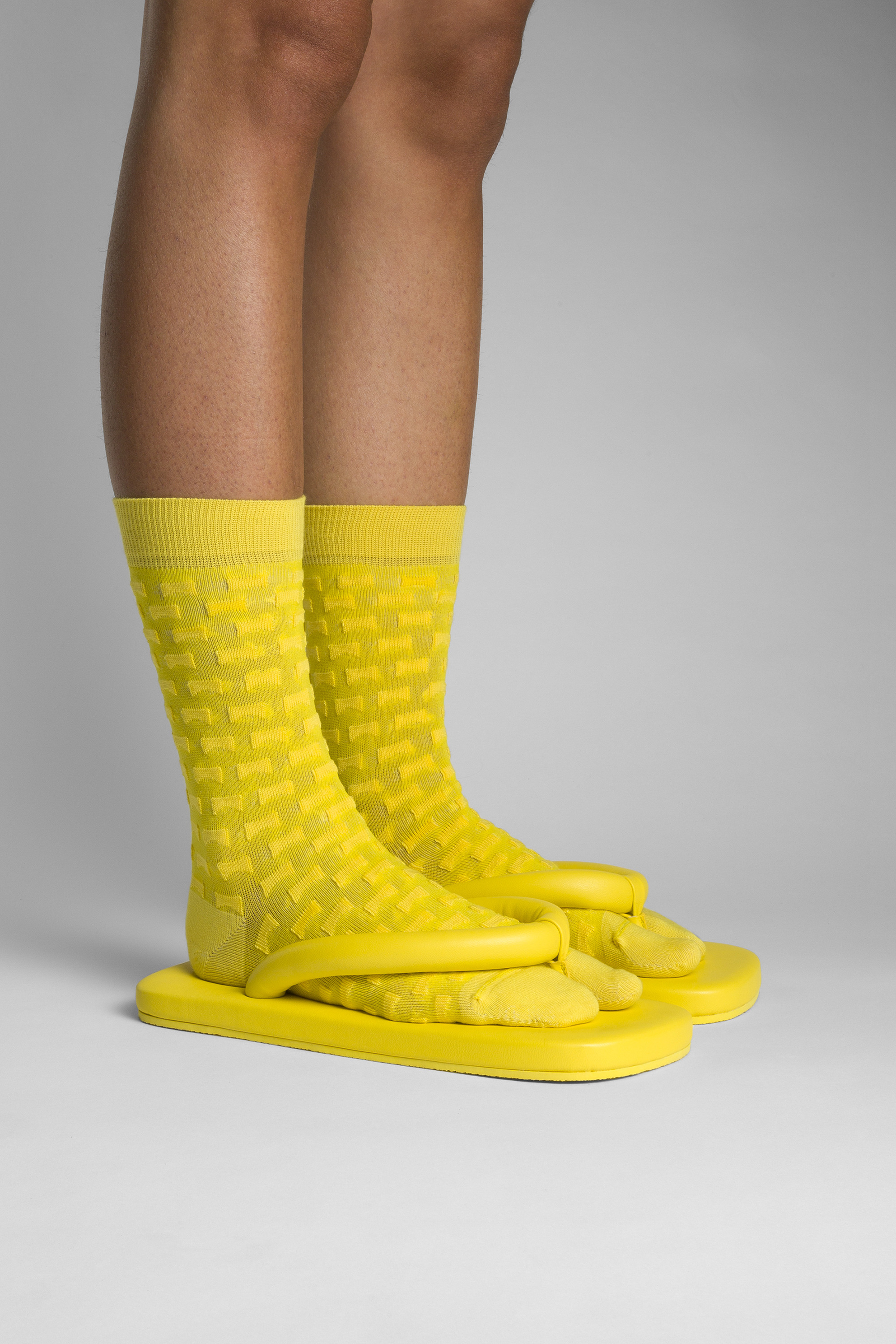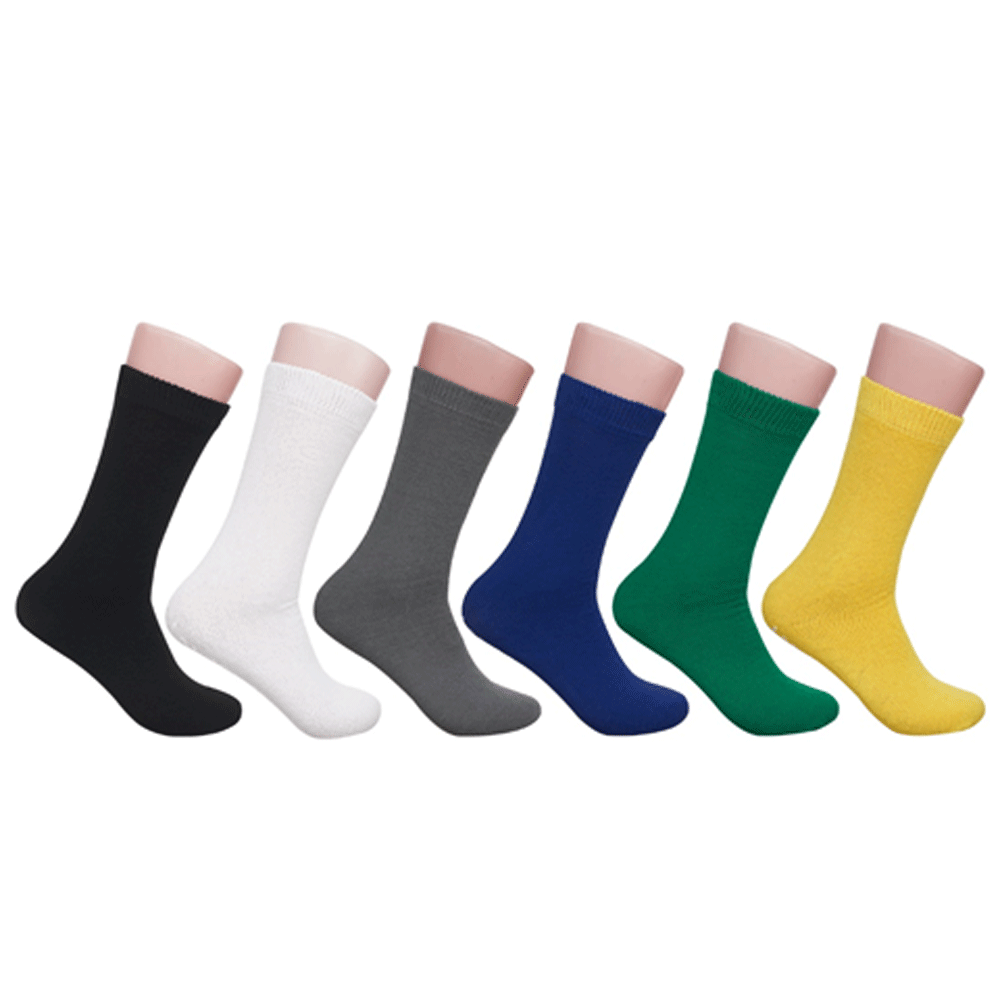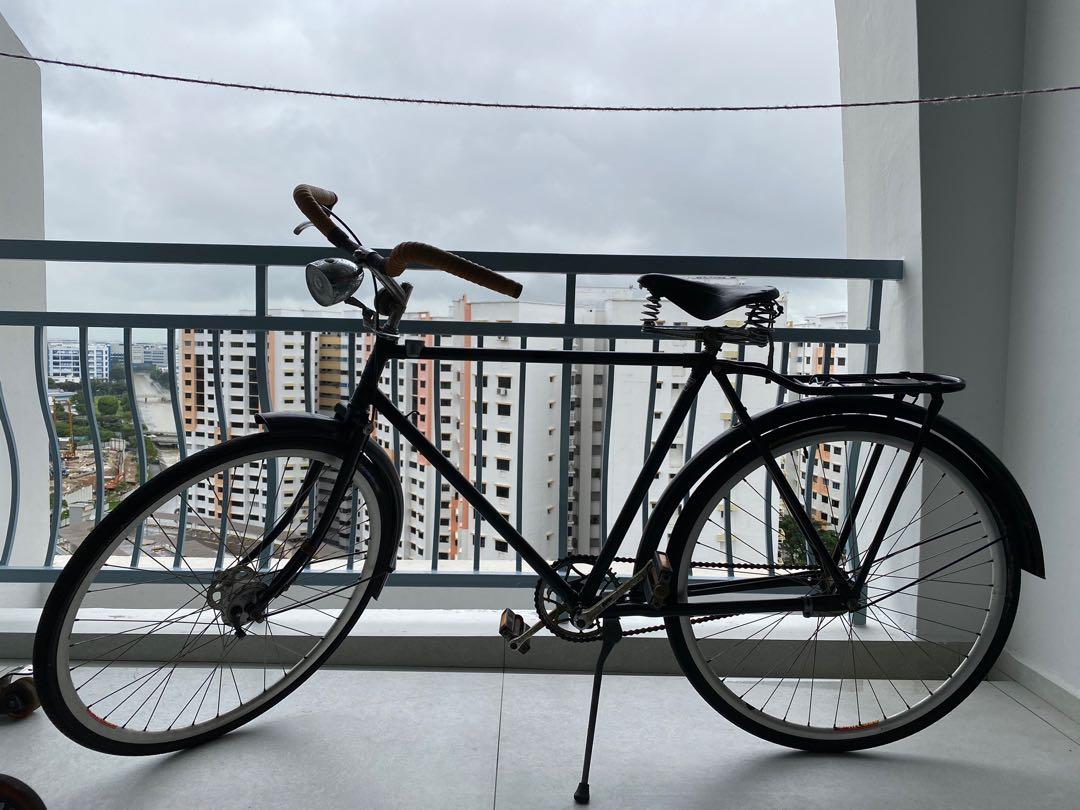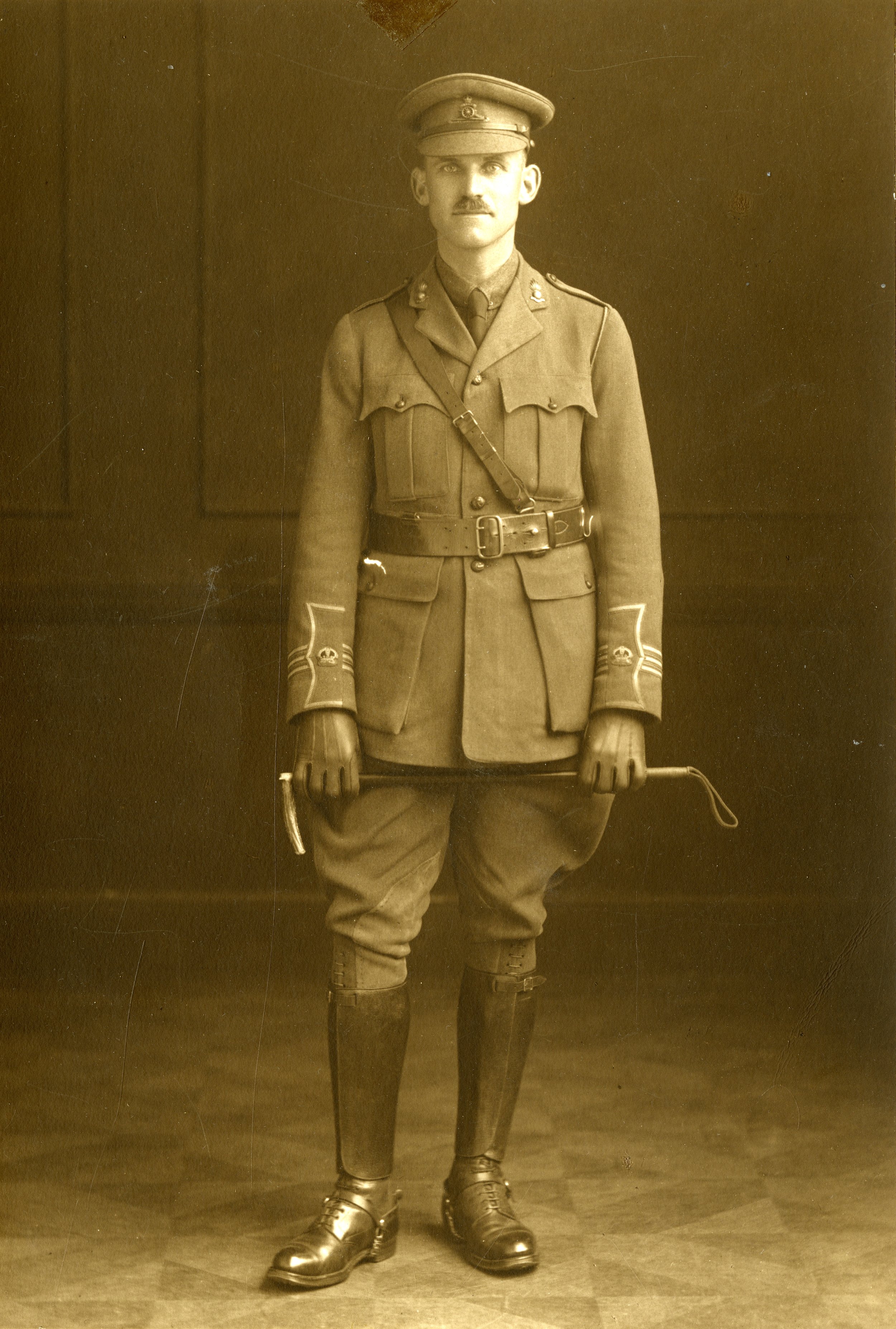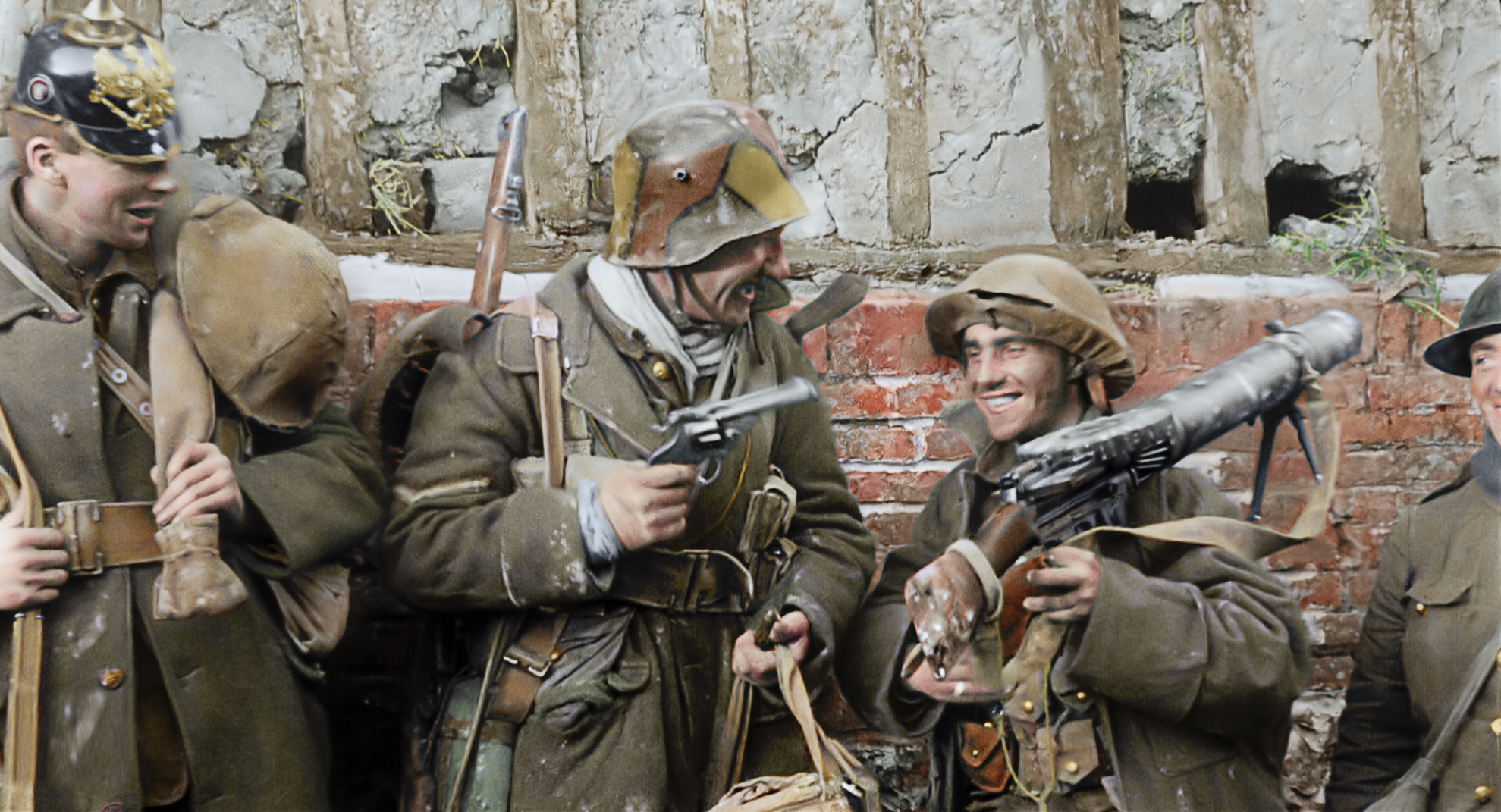Ww1 Military Uniform - When the entire nation mobilized for World War I, women took on new challenges. Many of these opportunities were previously off limits, including military service. This move laid the groundwork for women's equal rights to serve in the British Army and sparked a debate that continues to this day.
Women have always played a role in military operations as wives, cooks, nurses and even prostitutes. However, despite the emergence of professional military nursing services and various women's volunteer organizations, it was not until the First World War (1914–18) that women were fully mobilized.
Ww1 Military Uniform
During the First World War, the women of Queen Alexandra's Military Nursing Service (QAIMNS) cared for wounded and sick soldiers in Britain and abroad. They work in field hospitals, in ambulance trains, hospital ships and barges and in casualty clearing stations.
Herkozen Macron Opnieuw Beëdigd: 'we Gaan Een Sterker Frankrijk Bouwen'
QAIMNS was supplemented by the Territorial Force Nursing Service, which was established in 1909. All of its members worked as nurses in civilian life. Together, these organizations expanded from about 3,000 nurses in 1914 to 23,000 in 1918.
The First Aid Nursing Yeomanry (FANY) was another unit that provided medical support. Founded in 1907, FANY was built on military lines. It also has 'Yeomanry' in its title because its members rode horses.
Volunteers paid to join FANY and had to pay their own expenses for uniforms, first aid stores, riding school fees and horse care. This meant that only wealthy women were registered.
FANY was seen as a paradox at the time. Although nursing was an established female role, wearing military uniforms and serving on battlefields was the preserve of men. Some people associate women's militarism with the radical elements of the women's suffrage movement.
Sergeant's Field Uniform, U.s. Army Air Service, Wwi > National Museum Of The United States Air Force™ > Display
At the start of the First World War, FANY offered its services to the British authorities. But despite positive recommendations from serving officers, his proposal was rejected.
Therefore, to provide nurses and ambulances to the Belgian army, and shortly afterwards to the French, the first FANY crossed the Channel in October 1914. It was the first British women's volunteer organization to go to war.
They worked in hospitals and evacuated wounded civilians and soldiers during bombings and airstrikes. They also set up canteens and visited the trenches to distribute hats and knitted coats to the Belgian soldiers. But what started as an adventure for many soon turned into the harsh realities of war.
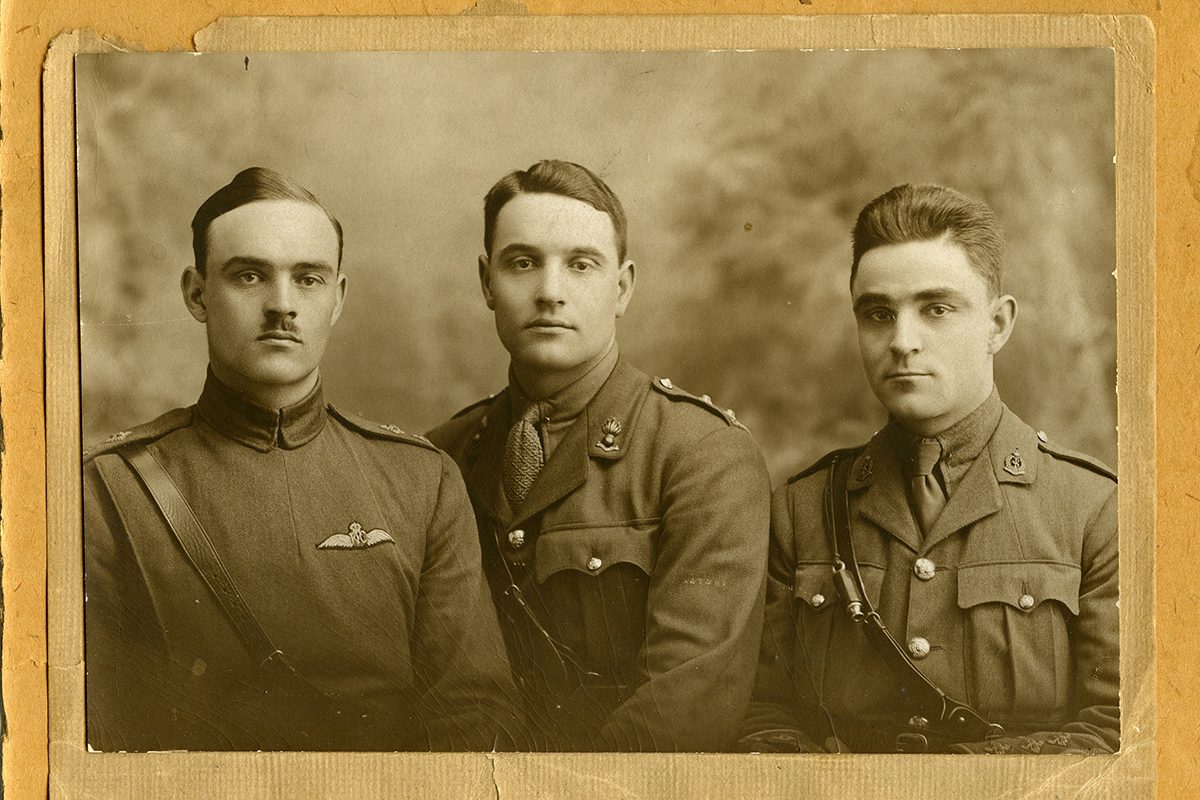
It was a sight I will never forget, but I find it almost impossible to describe. The four men were dismembered...and I was very surprised to realize that a few minutes ago they were the remains walking and talking on the road. I suddenly got sick. Pat Waddell, Fanny Went to War, 1919
Military Poster / Print: Mexican 19th Infantry...
The women of FANY had to deal not only with the fear of war, but also with the prejudices of the military authorities. It wasn't until January 1916 that the British finally recognized the value of their support and they became the first women to drive motor vehicles for the British Army.
Along with other women's organisations, such as the Voluntary Aid Agencies, her involvement helped to convince the War Office of the value of women in the armed forces, and was a factor in the Women's Royal Naval Service and the Army Women's Auxiliary Corps that were introduced. in 1917. establishment
Today, FANY (Princess Royal's Volunteer Corps) continues to support UK civil and military authorities.
Beyond nursing, there were many other women who felt they had to do more for the war effort. On July 21, 1915, a march was held in London with the slogan 'The situation is serious' to convince the authorities to expand the role of women in the war.
China's Ww I Effort Draws New Attention
The government, faced with a shortage of men in key industries, had to mobilize the entire population. And by November 1918 over a million women had joined the British workforce.
Women were initially employed as bus and train guards, then as munitions workers. Many people were injured in factory accidents. Others suffered from the chemicals they worked with, which turned their skin yellow and caused them to "canary".
In August 1915, Lady Londonderry helped found the Women's Legion to build for the Army. Based in Dartford, it employed cooks, waiters and gardeners and, from 1916, motor transport drivers. The latter served mainly with the Royal Flying Corps.
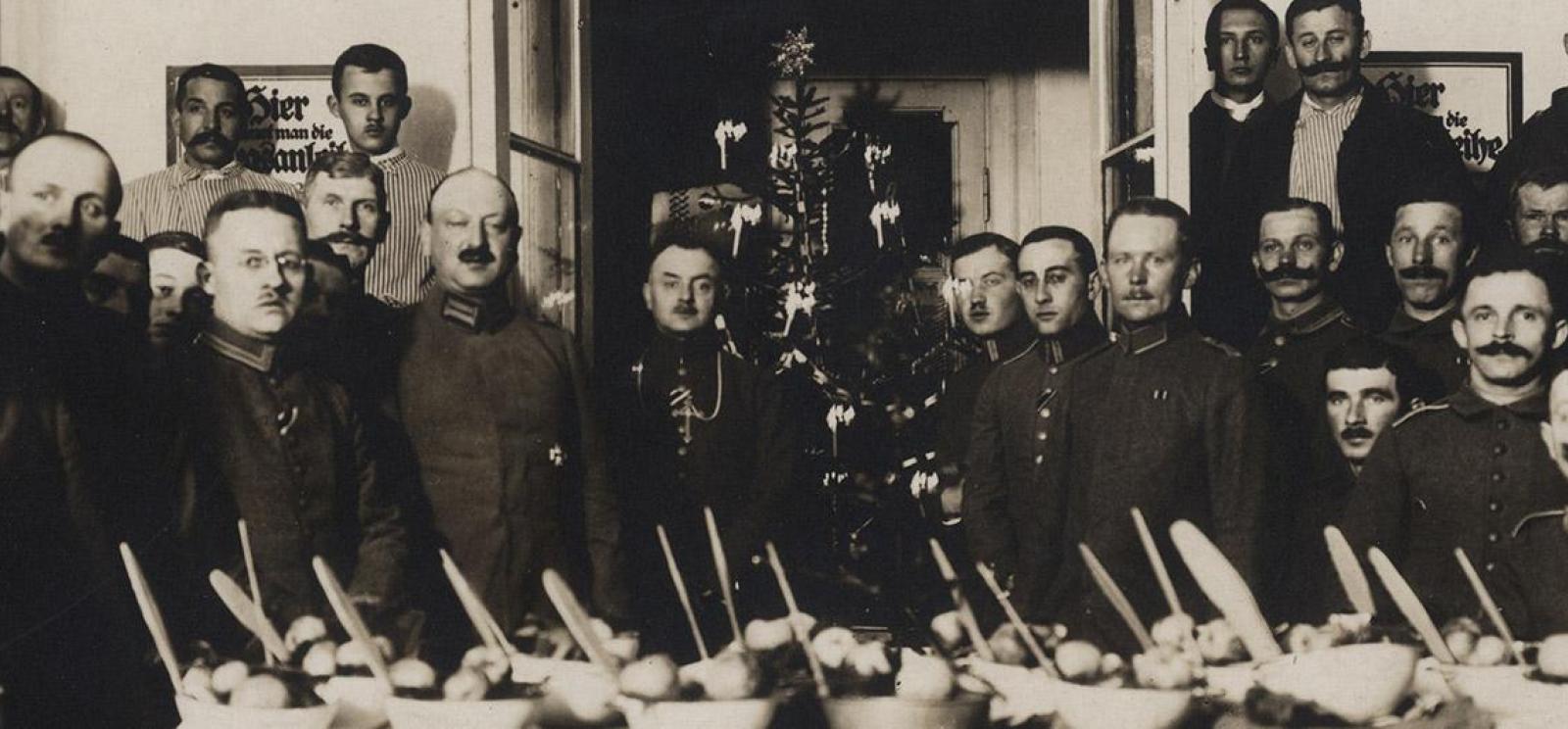
It was not formally under the control of the Government or part of the military. But according to the spirit of the time, its members adopted a military organization and uniform.
An Exclusive Preview Of The New World War I Memorial
In February 1917, thanks to the pioneering efforts of women like Florence Simpson, the 7,000 cooks and waitresses in the Women's Legions were transferred to the newly formed Women's Army Auxiliary Corps. More about Florence Simpson
Despite the introduction of conscription in 1916, heavy losses at the front made the army's manpower shortage worse. The Women's Military Auxiliary Council (WAAC) was established to free soldiers from non-combat duties so they could go fight.
Alexandra Chalmers Watson has been appointed to lead the new force in the UK. She was the sister of Brigadier Auckland Geddes, director of the War Recruiting Office.
A small section of the WAAC embarked for service in France in March 1917, under its first commander, Deputy Controller Helen Gwynne Vaughan. Upon arrival, Vaughan proved to be an able commander despite obstruction from some male colleagues.
World War I: Armistice Day Remembered 100 Years After Peace Was Declared
“I discovered that opposition to the employment of women is almost universal. The service, of all professions, was naturally the least experienced in working with women, they did not know that even then men and women worked so easily together, they believed in the complications caused by the influx of large numbers of people don't do it the women didn't like the entry of foreign elements into their factories and workshops.' Helen Gwynne Vaughan, Service in the Army, 1941
Unlike male soldiers, WAAC women "enlisted" rather than "enlisted." This gave them a different status to men, more similar to that of uniformed civilians.
They also had a different command structure than their male counterparts. Officers were called "Genents" (directors and deputy directors), staff were called "first wives" and other ranks were called "workers". So at least the WAAC looked more like a factory building than a familiar military building.
In 1917 I started seeing girls in khaki uniforms, these were members of the WAAC. Then my bad mood and restlessness started. I wanted to be a WAAC and do my job – whenever my poor dad was home, this was my regular topic of conversation, and his usual response was No, No, No!
Vhp: Missing The Stories
"Unbeknownst to my father, I wrote to the WAAC executive office and offered my services. A long envelope soon arrived with the magic letters OHMS (On His Dear Service). an examination and a doctor in Southampton .My father was at home at the time and fell on the roof!
"I went to the problem room. My 5ft 2in was a big problem. Everything was too big and WAAC's big clothes were sold out. When I got my uniform, it was a big Tommy shirt for me ... and it gave me a lot of laughs when I put it on. The next step was the tailors... In those days the clothes had to measure 8 centimeters from the floor so that the tailor could do a lot of work on my uniform."
Her work was highly appreciated by her male colleagues. Private Thomas Fuller wrote in May 1918: "The WAACs can cook much better than the old army cooks, so we will miss them when we come up the ranks."
In 1918, about 40,000 women were registered. Of these, around 7,000 served in France on the Western Front, the rest in Britain.
Who Were The Allies In Ww1?
On the Western Front, WAACs often faced the same risks as their male counterparts. There were many air raids on camps and warehouses. In Abbeville, on May 30, 1918, nine women died. Marjory Peacock recognized one of the dead and wrote his obituary:
"The graves in France were just long trenches, so before Trixie was buried some of us went out into the woods and picked daffodils and brought bunches of hair from the canteen and went down to the grave and tied her part with daffodils. be buried.'
In May 1918, German planes attacked the WAAC camp at Abbeville. One of these bombs hit a trench shelter, killing 22-year-old Margaret Caswell and eight of her colleagues, and injuring seven others. Learn more about Margaret Caswell

The rapid German success on the Western Front in the spring of 1918 put the WAACs in even greater danger. Pioneer Ada Gummersall recalled:
The Enduring Impact Of World War I
In March, 1918, our soldiers were pulled out of their trenches and generally retired. It was a sad time for all of us. We
